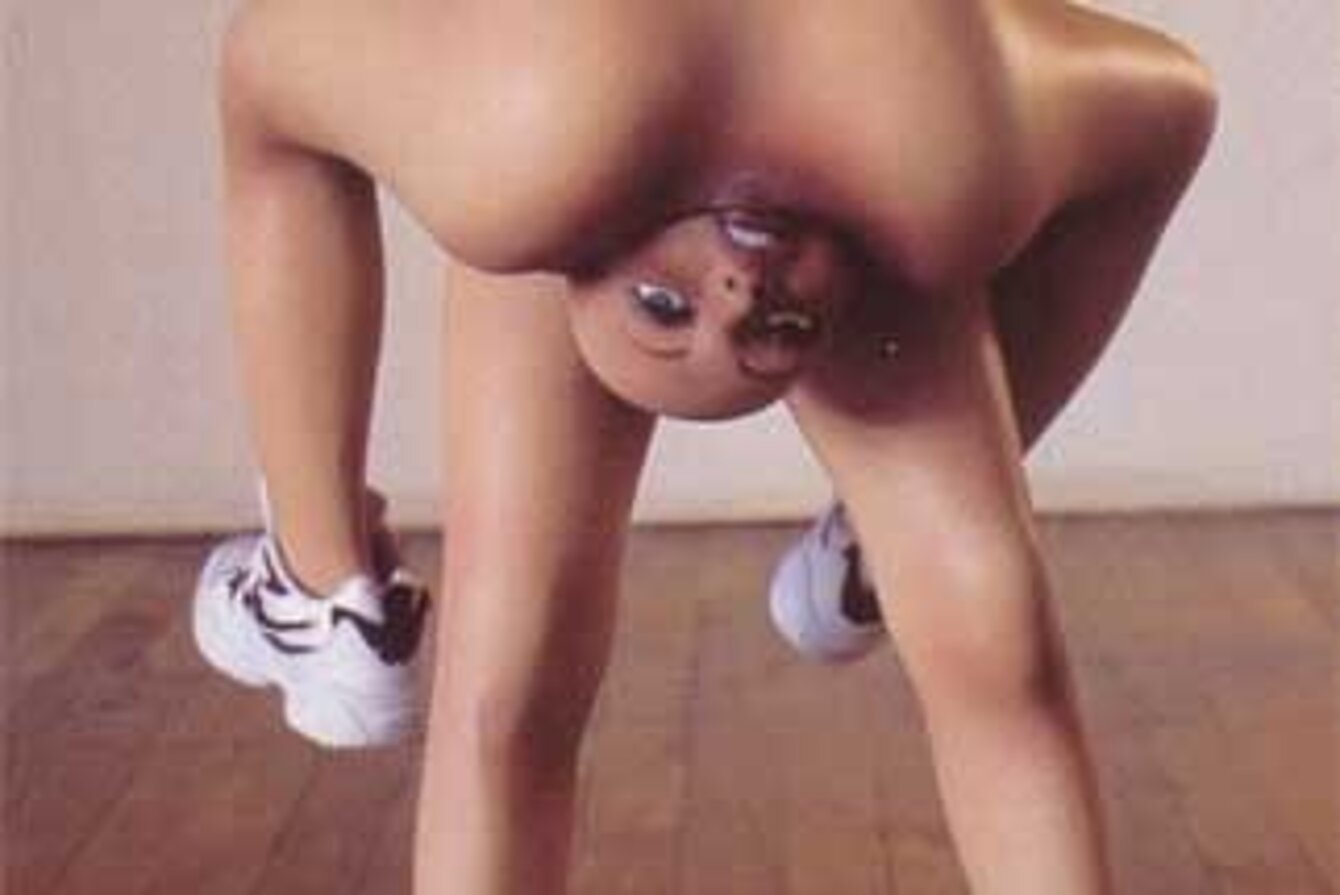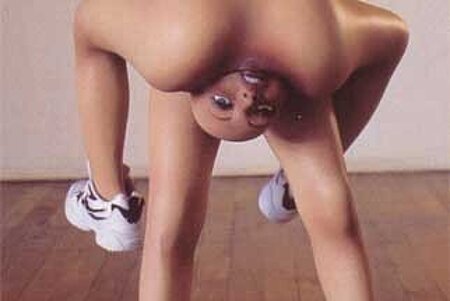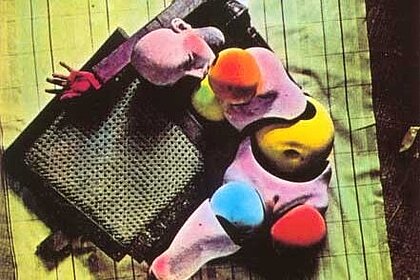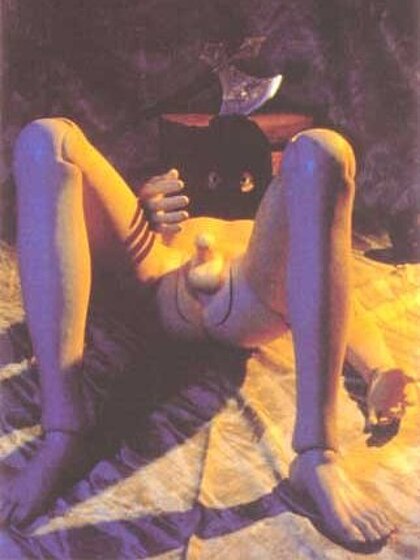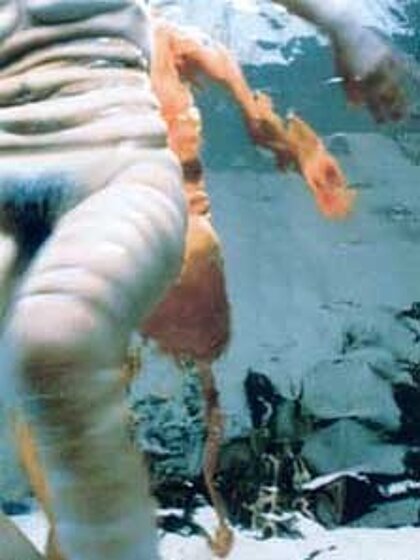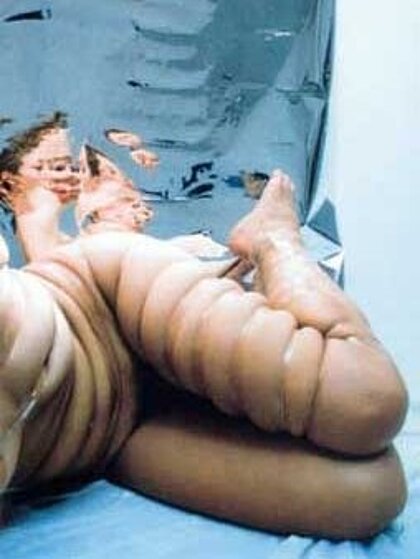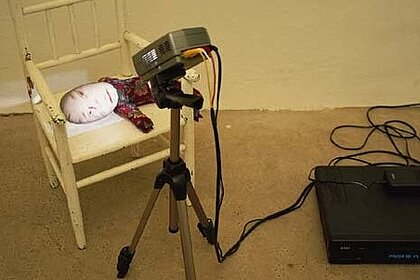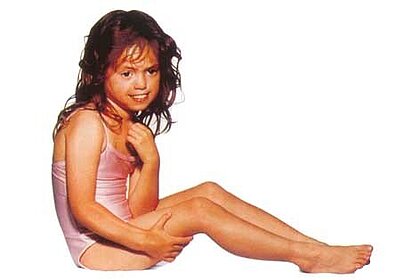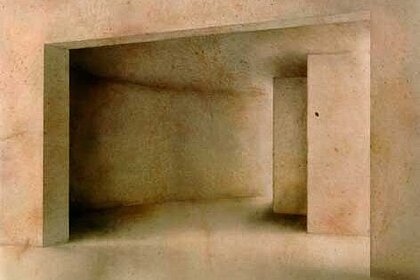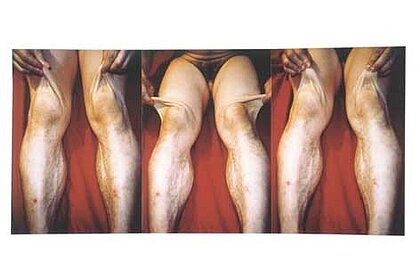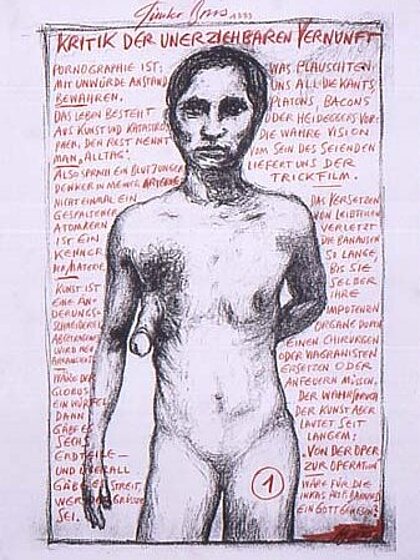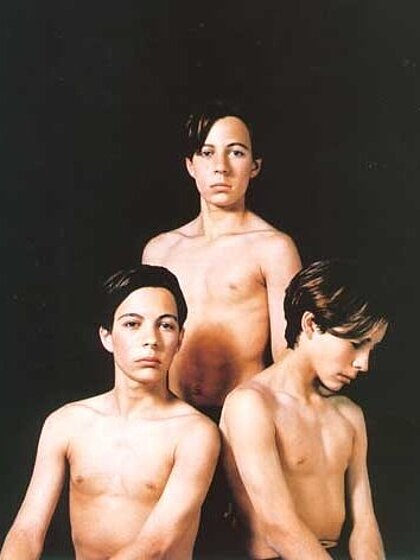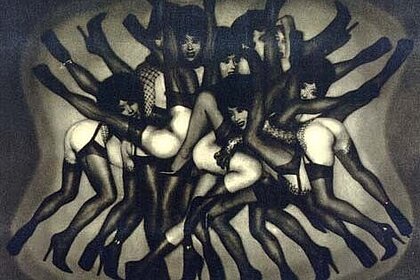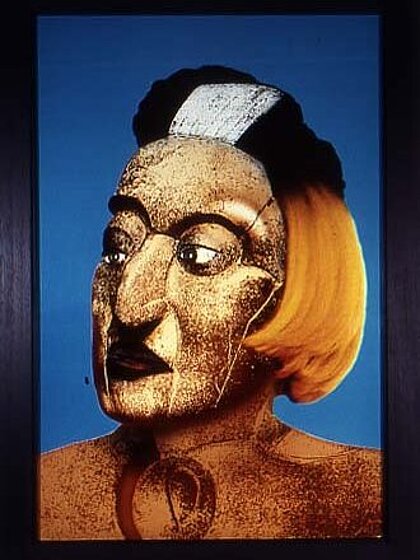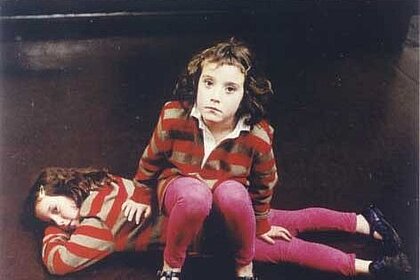Photography made close-ups possible - parts of the body were isolated and made absolute. Painters responded to this and applied the technique, particularly in surrealism.
In photomontage fragments or organs of the body were discovered as elements of various combinations. Just as the anagram in poetry creates ever new words from the same number of letters, in this new body photography the parts of the body have been interpreted as elements for the creation of ever different new bodies. With his dolls, Hans Bellmer invented the anagrammatical body. Today, the anagrammatical body is dominating in the works of artists such as Mike Kelley, Gary Hill, Tony Oursler or Cindy Sherman.
Painters also responded to this isolation of body parts in photography by painting extreme close-ups or transformations of bodies up to morphing with objects (Maria Lassnig).
The photomontages of the Twenties (from John Heartfield to Claude Cahun) or the collage techniques of the Wiener Gruppe, Pop Art or John Baldessari could be described as the medium per se of the anagrammatical body.
The real form of the body has responded to the picture of the body, as it has been designed by the media.
Digital photography, in which the body is merely visually manipulated, anticipates the actual manipulation of the body (e.g. Michael Jackson). We can see the future of the body - the virtual body - everywhere, from fashion photography to Inez van Lamsweerde. The body reacts in reality to the picture of the body. Body building, body styling, aerobics etc. are the technologies of the phantasms of a obsessive body culture. The body is manipulated by plastic surgery and genetic engineering in order to correspond to the ideal or the perversion we are given by the media: from Helmut Newton to Cher to Orlan. The anagrammatical body in photography precedes genetic engineering as we can see in the photographic works by Aziz + Cucher or the body sculptures of Dinos & Jake Chapman. A selection of works by about 40 artists shows - sometimes in a shocking way - a new hybrid picture of the body in the era of paranoia.




















